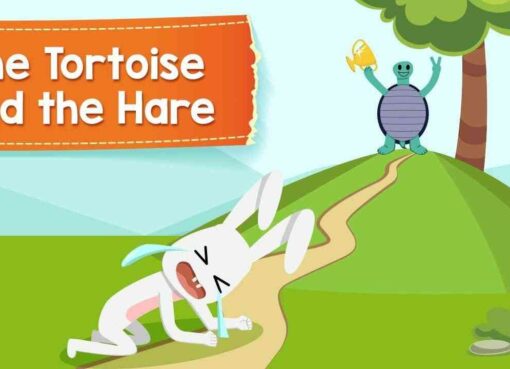The new word Ze has been introduced in Oxford to eliminate gender inequality in words. This decision has been made keeping in mind the fact that there are people of the third gender besides men and women. The good news is that soon the word will be printed in the Oxford Dictionary and used worldwide!
What does Ze mean?
Ze is a gender neutral pronoun used instead of he or she.
According to Oxford Languages,
“Ze is a pronoun used instead of ‘he’ or ‘she’ to refer to a person of unspecified or non-binary gender previously mentioned or easily identified.”
This pronoun offers inclusion and accuracy for someone who doesn’t identify by the male/female gender classifications.

Ze is sometimes used instead of “he” or “she” because it does not show a particular gender. During the registration process at Harvard University, students are now allowed to indicate which pronouns they use, with suggested gender-neutral options like “ze” or “they.”
Example: “Ze is my friend”.
Ze is a gender-neutral word which is also called a neopronoun.
Neopronouns are a category of neologistic English third-person personal pronouns beyond ‘she’, ‘he’, ‘they’, ‘one’, and ‘it’. Neopronouns are preferred by some non-binary individuals who feel that neopronouns provide more options to reflect their gender identity more accurately than conventional pronouns.
Ze is a groundbreaking introduction to the elimination of gender discrimination and the inclusion of the third gender in words. For example, He is used in the sense of men, She is used in the sense of women. So what will be used for third gender people?
Ze solves this question. Ze can be used for male, female, or third gender.
Words like He/She, His/Her etc. act as influences in creating gender inequality and people outside of He/She are despised.
Ze will be a complement to these gendered words so that no one will have a separate identity and the rights of third gender people will not be violated.
When did Ze become a word?
Ze is not a new word. It’s older than you think. Ze has occupied a place in the prestigious Oxford English Dictionary. Unfortunately, the Oxford English Dictionary missed that first ze in 1864. The dictionary only tracks ze back to 1972. But unlike the long-forgotten thon or heer, ze appears on many current lists of nonbinary pronouns, like this card from the University of Wisconsin, Milwaukee, which floats around the internet. Though ze is much discussed online, it’s not clear that a significant number of people use ze.







